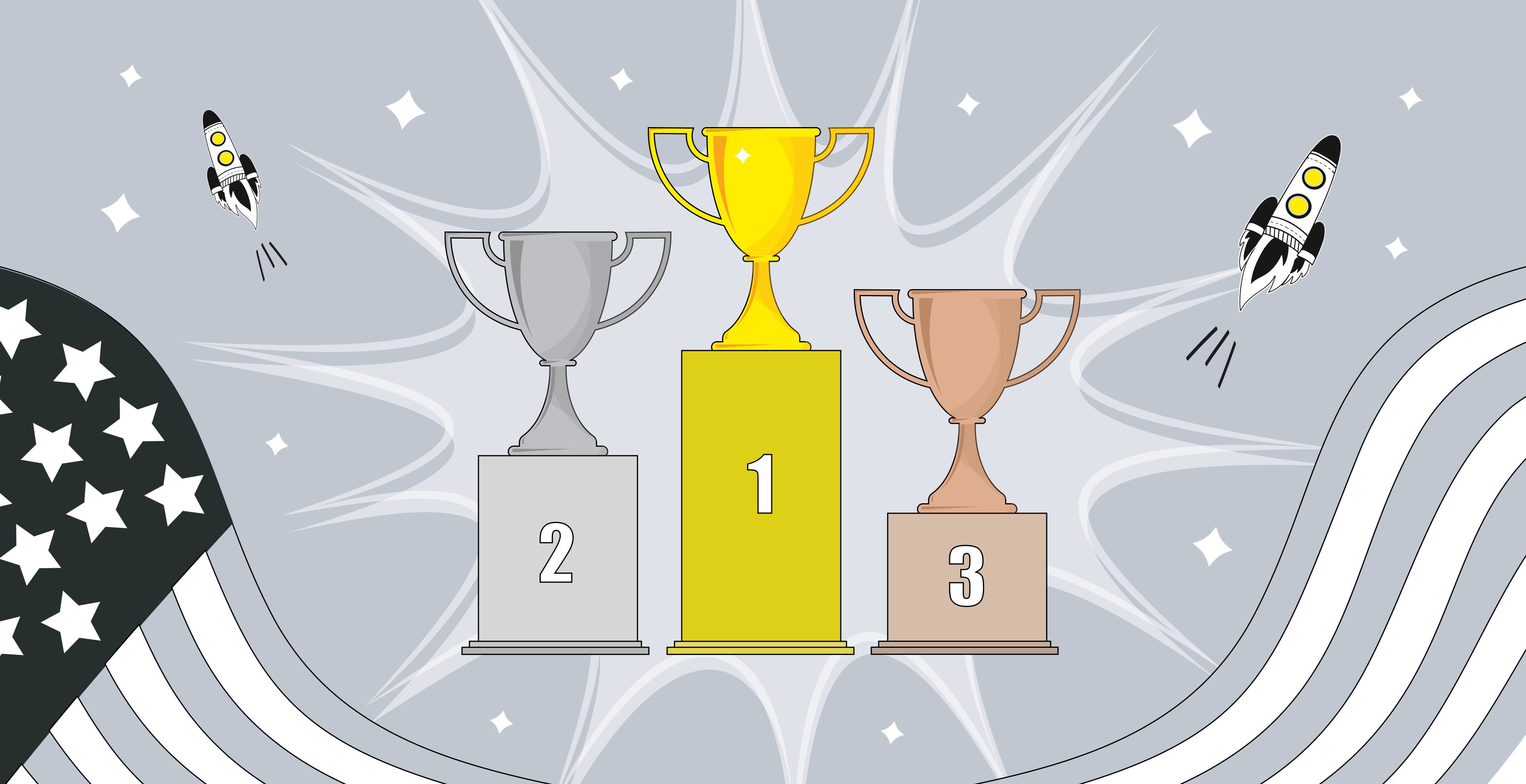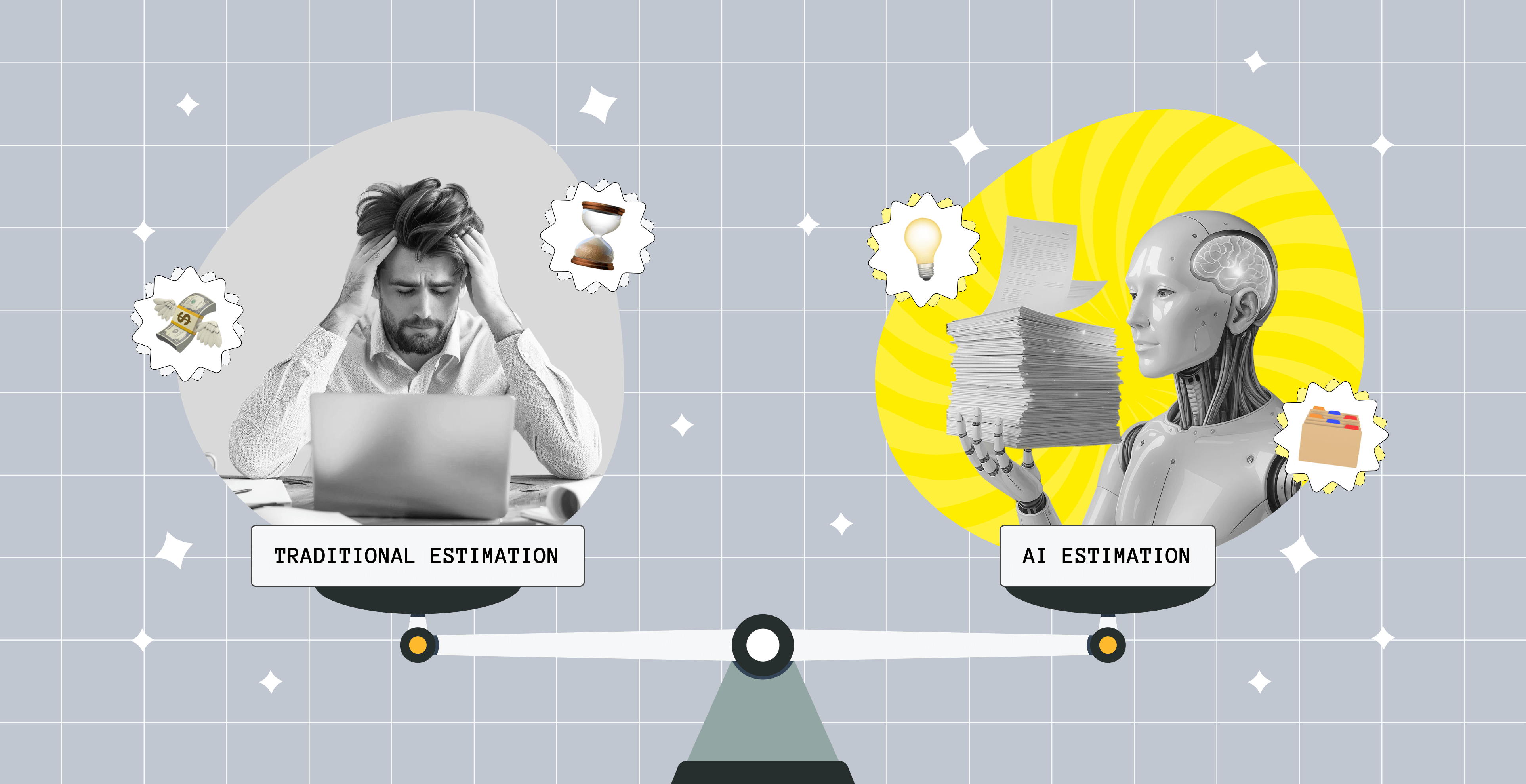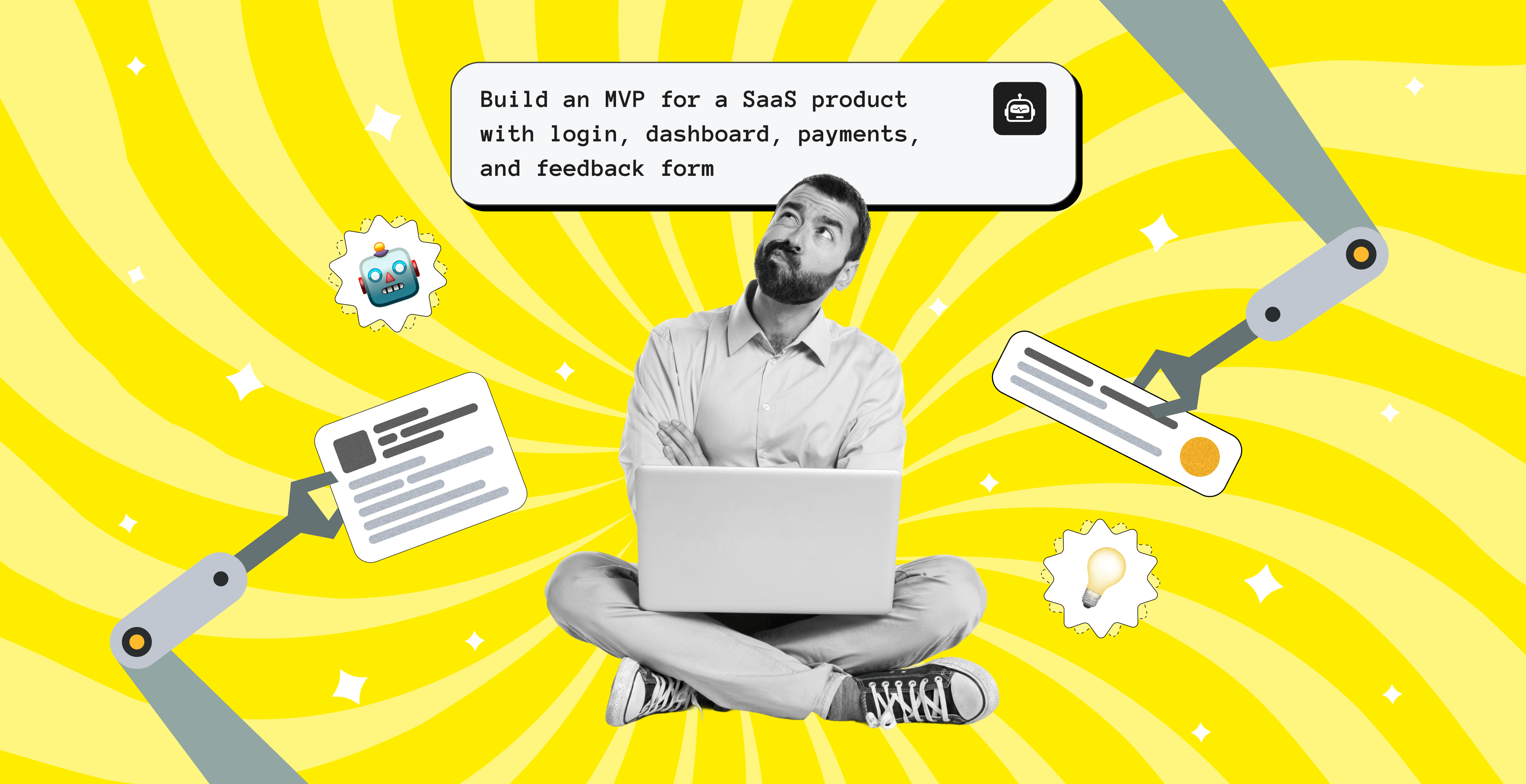What Is a Minimum Marketable Feature (MMF) in Agile? MVP vs MMF
%20in%20Agile_%20MVP%20vs%20MMF.png)
Many companies and teams choose to make minimum viable products to validate hypotheses, test ideas, and gather data. But what happens next? Does it make sense to proceed to full-scale product development if you decide that the project is worth a shot? Or is there something you can focus on to start making money off your product's early versions?
On this page, we'll describe the MMF meaning, compare a minimum marketable feature vs minimum viable product, and explain which gains you can get from following this approach.
What Is a Minimum Marketable Feature (MMF)?
So, what is a MMF exactly? A minimum marketable feature (MMF) refers to the most basic functionality set within a product that is necessary for customers to perceive any value. Importantly, this implies that the feature is tangible and brings real benefits to customers and substantial value to the user, thus motivating them to get a subscription, purchase the product, or take other action.
MMFs have to solve a specific issue or cater to a particular client need, as well as have excellent usability and be of high quality to satisfy the user. That's why they can be considered somewhat a next step after MVP development. In brief, the distinction between an MMF vs MVP is that a minimum viable product is the earliest product version that focuses on delivering the essential features to test viability without investing a lot of time and effort into full-scale development. Whereas an MMF is all about additional features and advanced functionality built to boost the overall user experience and make the solution more marketable.
When we say that a feature is "marketable", it means that it can be actively promoted and sold and provides value (such as differentiation from competitors, generating revenue, or contributing to making customers your loyals). Plus, MMFs emphasize agility, meaning that fast releases are a priority.
%20Defined.png)
What Are the Goals of an MMF?
One of the MMF's aims is to provide significant value to the user even though the product isn't complete yet. The idea behind such development is to deliver a more attractive or enhanced version of the feature with each consequent release, therefore providing additional advantages in each self-contained feature. Similar to an MVP in agile, an agile MMF means that with every new version, the user can achieve something they couldn't do with the previous one.
How Do You Decide Which Features Will Bring Most Value?
Since providing customers with valuable features is among the MMF's objectives, teams work on prioritizing features. MMF identification is sometimes handled during the product discovery phase, yet, in any case, the collected data on user interest, market state, and feedback can help decide what to work on first, deliver the soonest, and what to set aside.
Which Benefits Does an MMF Bring?
As you see, this is an agile development approach, and opting for an agile minimum marketable feature path entails lots of advantages.

The major MMF benefits include:
- clearly setting feature priorities (e.g., based on customer needs, feedback, and market demand);
- saving resources and lowering risks, as you don't build features that people will use rarely or don't need much;
- working on one feature or task set at a time that's most beneficial to users focuses team efforts around a consistent product development roadmap with high-priority features and what really matters;
- quicker delivery (you get to launch high-value features faster, rolling out enhancements with every release, and you can even apply many of the MVP tools when working on a feature to speed things up);
- ascertaining that every developed feature is market-ready (even if the complete product isn't entirely market-ready or fully developed) and may potentially generate revenue;
- paving the way to reduced time to market, as people become more willing to pay for the product since even the standalone features are more concise and solve their problems;
- reaching higher customer satisfaction that boosts your return on investment (ROI).
Minimum Viable Product vs Minimum Marketable Feature
As briefly mentioned above, although the terms MVP and MMF are sometimes used interchangeably, there is a difference between them. They can be perceived as two consequent steps with various areas of focus.

According to the classic MVP definition, an MVP revolves around validation, viability testing, gathering data and feedback, and learning. It lets you determine whether the project is worth it (if there's enough market demand and distinguishing what people need) without pouring in too much investment or time. Various MVP types can be applied to find this out, and the collected data can help unveil which features receive the most attention to form a backlog of features to develop.
An MMF is what goes next after the MVP launch (or after the concept was verified and it was decided to proceed with the product development plan). So the focus shifts to marketability, pinpointing which features to prioritize, and then working on grooming those features that'll provide value to customers. Hence, even though it's still a small feature set, the version is more developed than the initial functionality that was available in the MVP and is ready to be sold to clients who are likelier to want to buy the product.
As you can see, there are plenty of MMF and MVP benefits, so here's a brief rundown of what was mentioned above to compare a minimum viable product (MVP) vs minimum marketable feature (MMF) side by side.
Minimum Marketable Feature (MMF) vs Minimum Marketable Product (MMP)
On a side note, there's also such a thing as a minimum marketable product (MMP). How does an MMF differ from a minimum marketable product (also referred to as a minimum sellable product)?
If we compare an MVP vs MMP vs MMF, they all refer to different stages in the product development process. It all starts with an MVP with a small feature set for validation purposes. During the product discovery phase, ideas are generated and evaluated to determine their potential value and feasibility. Then, an MMF focuses on expanding, strengthening, and releasing small or sometimes standalone features or pieces of functionality to make the early product versions marketable. In contrast, an MMP (a.k.a MSP) is a market-ready product that could be made up of several enhanced MMFs.
Examples of Minimum Viable Features
There are plenty of MVP examples, but how do MMFs fit in the picture? Let's illustrate when they are applicable.
This scenario involves creating hypothetical task management software. The MVP version of such a product could be focused around the very core of the solution, which is making it simpler for users to manage their tasks effectively.
This solution's version is limited in functionality, as it's aimed at testing the feasibility of the concept, yet it has to be able to solve the primary user problem so that people can recognize its value. The MVP could include such essential features as:
- registration and login;
- creating and managing tasks (e.g., categorizing them and setting priorities);
- collaborating with others (such as assigning tasks);
- simple notifications or reminders.
Once the MVP is rolled out, the team gets feedback on what users find valuable. They then decide to keep working on the product since the minimum version was well-received, the dynamics are good, and there's positive feedback, so they move on to the MMF.
This time, feature enhancements are in the limelight to make the solution more attractive to buyers and make the overall user experience better. Generally, the team handles these upgrades one feature at a time to deliver something tangible with each release. For instance, the additional features that go beyond the core MVP functionality to help generate revenue may include:
- advanced task sorting and filtering;
- integrations with calendars and other tools;
- more collaboration options (like adding comments or attaching files);
- progress analytics and performance tracking (for instance, via data reporting or dashboards).
Thanks to the advancement of specific functionality, the product becomes more market-ready, competitive, and sellable than its preceding versions.
Need help with MVP development?
Upsilon is a reliable tech partner that can bring your ideas to life.

MVP vs MMF Major Takeaways
Summing up, it could be noted that an MMF is usually built upon the foundation of an MVP. An MMF in agile is used to create a more market-ready and feature-rich product that'll cater to customer needs and urge them to get a subscription or make a payment. Certainly, this entails that the features are polished, glitch-free, and continuously deliver expected value to users.
Building such a product can be tough, as a lot of its success depends on the work you do early on. Upsilon's team has over a decade of experience building products that scale. Actually, many of our clients had 9-digit exits. So if you need a hand with creating a feature or product, don't be shy to contact us and check out our MVP development services for startups.
to top










